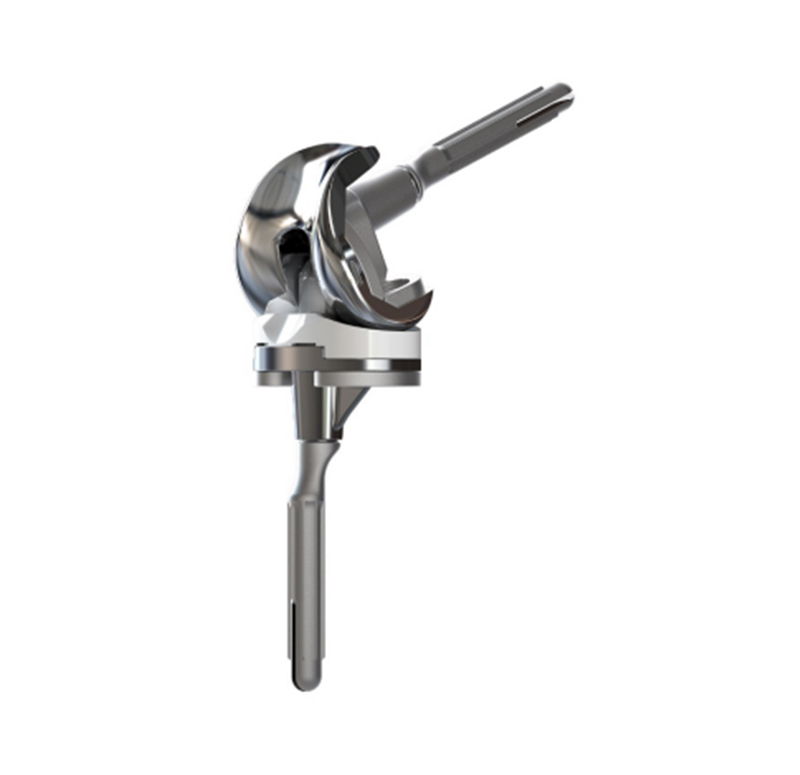The Composition of the Knee Joint
 Jul. 06, 2019
Jul. 06, 2019
The knee joint is the largest and most complex joint in the human body,
including three bones: the femur (thigh bone), the tibia (calf bone) and the
tibia (knee bone). In daily life, walking, walk up and down stairs, sitting up
play an important role in our life. If the articular surface of the knee joint
wears is damaged or destroyed due to various reasons, resulting in narrow joint
space, walking pain and dysfunction, it will seriously affect the quality of
life. Artificial knee replacement is one of the most effective and reliable
methods for the treatment of advanced knee arthritis. Revision Knee Joint
Prosthesis is also a good way to cure it.
However, for an elderly patient, artificial knee arthroplasty is not a non-invasive or minimally invasive procedure like a denture. It requires a high level of preoperative preparation. The correct prosthesis selection is to ensure satisfactory surgical outcome.
Revision Knee Joint Prosthesis
At present, there are many types of knee prostheses commonly used in clinical practice, and there are more than a dozen manufacturers. As a professional Revision Knee Prosthesis Manufacturer, today we understand the composition of the prosthesis.
The knee prosthesis consists of the following three parts:
1. Femoral prosthesis: the surface replaces the end of the femur. The femoral prosthesis consists of a metal alloy.
2. Humeral prosthesis: instead of the inner surface of the tibia rubbing with the femur. The tibial prosthesis consists of a plastic with a metal alloy backing.
3. Humeral prosthesis: it can be single or two designs. The single design consists of plastic and the two designs consist of a metal holder and a plastic sheet attached to the bone. The plastic spacer provides a smooth surface on which the femur moves. The plastic spacer is usually attached to the tibial tray.














